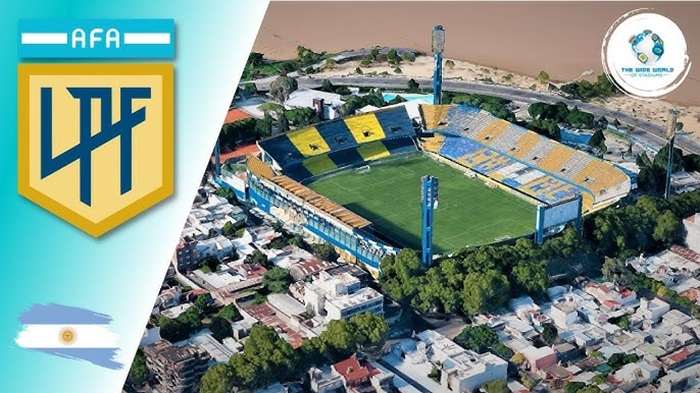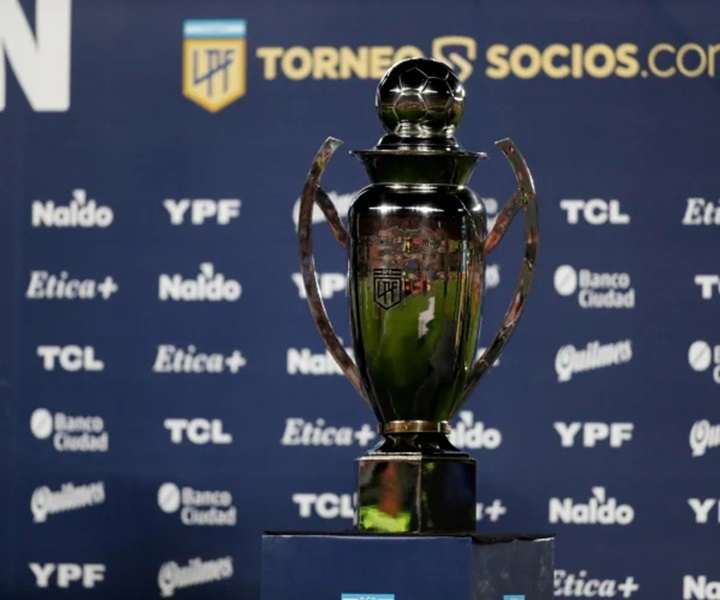The Argentine Primera División, often referred to as the Argentine First Division, stands as a testament to Argentina’s deep-rooted football culture. Known for its passionate fans, historic clubs, and some of the world’s most renowned football talents, the league has become a vital fixture in international football. In this article, we will explore the history, structure, key teams, and notable games of the Argentine Primera División.
A Brief History of the Argentine Primera División

Origins and Establishment
The Argentine Primera División, established in 1891, is one of the oldest football leagues in the world. It was initially created as a regional competition in Buenos Aires and has since evolved into a national league that showcases the best of Argentine football. Over the decades, the league has grown in stature, attracting global attention and producing some of the most memorable football moments in history.
Evolution and Growth
From its humble beginnings, the Primera División has undergone numerous changes. The league has expanded its number of participating teams and modified its format several times to accommodate the growing popularity of the sport in Argentina. Its evolution mirrors the growth of football in Argentina, reflecting the increasing competitiveness and talent within the league.
Structure and Format
Current Format
As of the latest season, the Argentine Primera División operates with 28 teams competing in a round-robin format. Each team plays 27 matches during the regular season, facing every other team once. The league operates on a system of promotion and relegation with the Primera Nacional, Argentina’s second-tier league. The teams finishing at the bottom of the standings face relegation, while the top teams from the Primera Nacional are promoted.
Scoring and Standings
Teams earn three points for a win, one point for a draw, and no points for a loss. The team with the most points at the end of the season is crowned the champion. In addition to the league title, teams vie for qualification to international competitions such as the Copa Libertadores and the Copa Sudamericana, adding an extra layer of excitement to the season.
Legendary Clubs and Their Rivalries
Boca Juniors vs. River Plate: The Superclásico
No discussion of Argentine football is complete without mentioning the Superclásico. The match between Boca Juniors and River Plate is more than just a game; it’s a cultural phenomenon. The intense rivalry between these two Buenos Aires giants is legendary, characterized by passionate fanbases, dramatic matches, and historical significance. The Superclásico often features some of the most memorable moments in Argentine football, with games frequently influencing the league standings and national sentiment.
Racing Club and Independiente: The Avellaneda Derby
Another significant rivalry is the Avellaneda Derby, featuring Racing Club and Independiente. Located in the city of Avellaneda, these two clubs have a storied history and a fierce rivalry that often results in thrilling matches. The derby is known for its electric atmosphere and competitive spirit, making it one of the highlights of the Argentine Primera División season.
San Lorenzo and Huracán: The Clásico Porteño
The clash between San Lorenzo and Huracán, known as the Clásico Porteño, represents another exciting chapter in Argentine football. Both clubs are based in Buenos Aires and have a rich history, contributing to a competitive and passionate rivalry. Matches between these two teams are often closely contested and showcase the vibrant football culture of Buenos Aires.
Iconic Games and Moments
The 2018 Superclásico Final
One of the most iconic matches in recent history was the 2018 Superclásico final of the Copa Libertadores. The final was initially played at the Bombonera, Boca Juniors’ stadium, and the return leg was scheduled to be played at River Plate’s Monumental. However, due to off-field incidents and crowd trouble, the second leg was postponed and eventually played at the Santiago Bernabéu Stadium in Madrid, Spain. River Plate emerged victorious in a dramatic final, which is remembered for its high stakes and unprecedented circumstances.
The 1977 Championship Decider
In 1977, the Argentine Primera División witnessed a dramatic championship decider between Boca Juniors and River Plate. The title race went down to the final match, with Boca Juniors securing the championship in a thrilling encounter. This game is often cited as one of the most exciting and memorable title deciders in Argentine football history.
Diego Maradona’s Impactful Performances
Diego Maradona, one of the greatest footballers of all time, left an indelible mark on the Argentine Primera División during his time with Boca Juniors. His performances, including memorable goals and displays of skill, have become legendary. Maradona’s influence extended beyond his playing days, contributing to the league’s global appeal and inspiring future generations of footballers.
Notable Players and Their Impact

Diego Maradona: A Legend of the Game
Diego Maradona’s impact on Argentine football is monumental. His skill, creativity, and leadership on the field set new standards for football excellence. Maradona’s time with Boca Juniors was marked by his ability to elevate the team’s performance and captivate fans with his exceptional talent. His legacy continues to influence the league and football culture in Argentina.
Lionel Messi: A Modern Icon
Lionel Messi, another footballing legend, began his career in the Argentine Primera División before making his mark on the global stage. His early years with FC Barcelona were preceded by his development in the Argentine league, where his potential was evident. Messi’s success has brought renewed attention to Argentine football and inspired countless young players.
Alfredo Di Stéfano: A Pioneer of Argentine Football
Alfredo Di Stéfano, often regarded as one of the greatest footballers of all time, had a profound impact on Argentine football. His versatility, skill, and vision on the pitch set him apart as a pioneer of the game. Di Stéfano’s contributions to clubs such as River Plate and his later success with Real Madrid have cemented his place in football history.
The Future of the League
Development and Investment
The future of the Argentine Primera División looks promising, with ongoing efforts to develop and invest in the league. Improvements in infrastructure, investment in youth development, and increased commercial opportunities are expected to enhance the league’s global profile. The focus on nurturing young talent and fostering competitive play will be crucial for the league’s continued growth.
International Influence and Opportunities
The Argentine Primera División’s reputation for producing top-quality players and exciting football will likely continue to attract international attention. As the league evolves, opportunities for collaboration with global football organizations and increased exposure in international markets will play a significant role in shaping its future.
Related Post:
Big Brother Reindeer Games: A Winter Wonderland of Competition
2 Player Games Unblocked: The Ultimate Guide to Fun and Friendly Competition
OVO Cool Math Games: A Complete Guide to Mastering the Game
The Argentine Primera División stands as a symbol of Argentina’s rich football heritage. From its historic clubs and fierce rivalries to its iconic games and legendary players, the league encapsulates the passion and excitement of Argentine football. As the league continues to evolve, it remains a vital part of the global football landscape, captivating fans and producing memorable moments that define the beautiful game.


